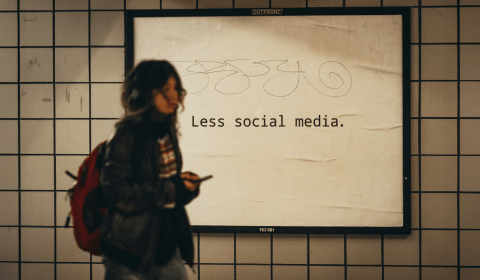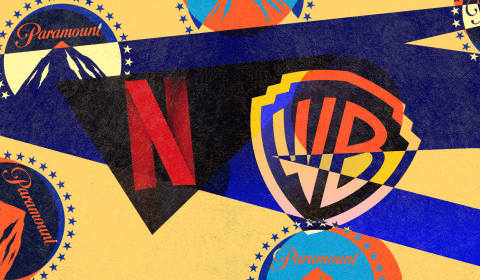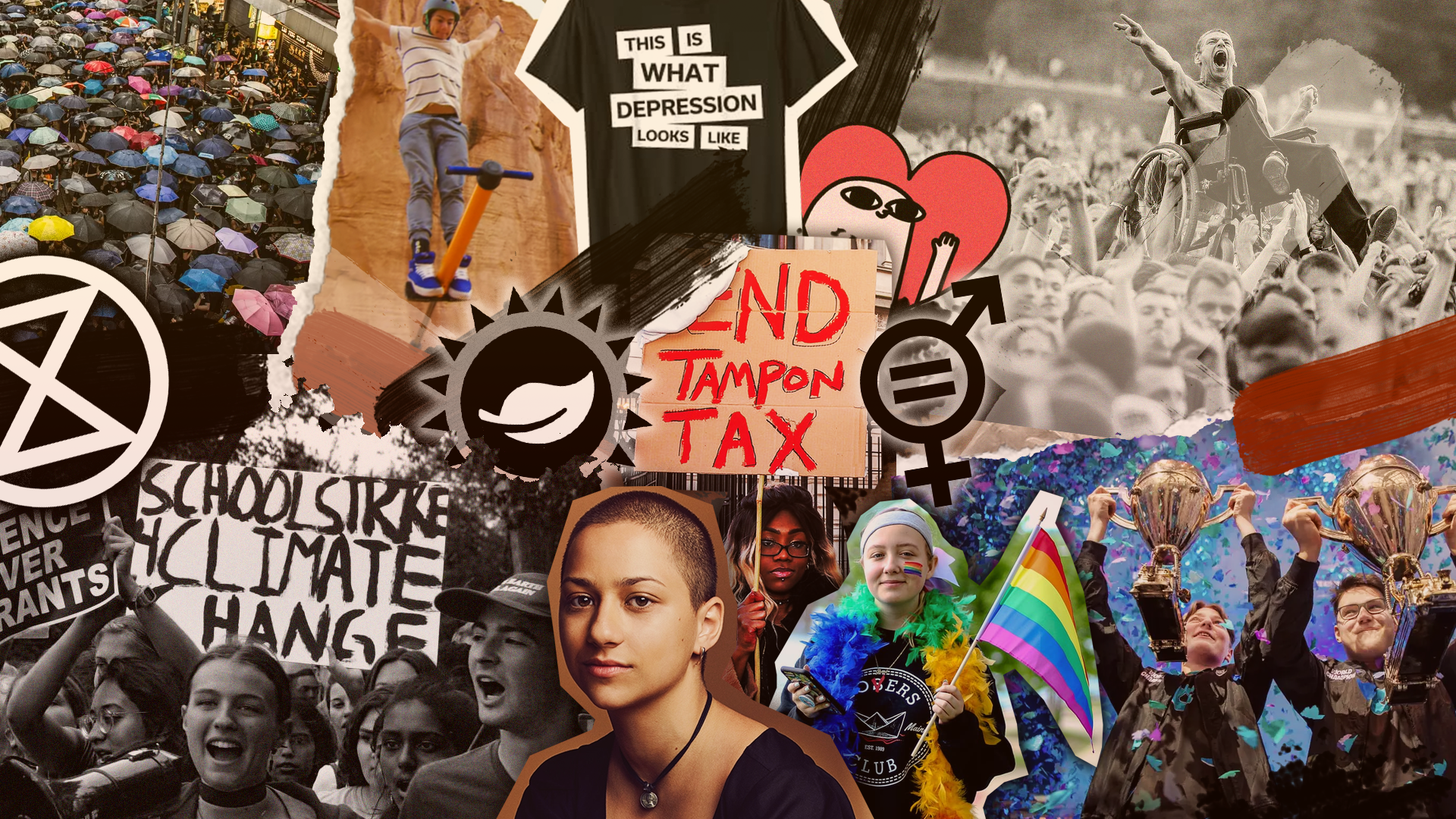Both Snapchat and TikTok have been making progress with their own pursuits of deep fake technology, for better or worse.
It looks like deep fake tech could soon become much more than just an obscure practice for computer nerds.
According to SocialMediaToday, Snapchat has bought the start-up company AI Factory for $166 million this week, while TikTok is rumoured to be working on a deep fake filter that will let you put your own likeness onto pre-existing footage within the app. That’s obviously an exciting development, but it’s also slightly concerning given all of the potential dangers that surround deep fakes.
We’ve spoken before about the problems that could arise from manipulating footage of politicians to make them appear to say something they never did. Determining what’s actually real is likely to become more difficult in the future and if TikTok and Snapchat start to use the technology too, this could even extend to footage shared between friends.
For now, though, it’ll only really be used to plonk your own face on a pet dog, or on the Statue Of Liberty, or anything else along those lines. It’ll most likely be a fun feature and not a dystopian descent into digital misinformation. At least for now.

Should we be concerned about tech hitting mainstream audiences?
Politicians, celebrities, and even your close relationships could all be affected if standards aren’t put in place to monitor what’s authentic and what isn’t. Right now there isn’t too much to worry about given that it’s still fairly obvious as to when a person’s face is being warped but, as with everything tech, this won’t always be the case.
Snapchat’s acquisition of AI Factory suggests that the company’s looking to further pursue features that animate your selfies into different videos, despite all of the fears that surround deep fakes.
AI Factory has already worked with Snapchat to create the app’s new feature called Cameos which does just that, and it’s not a far cry from the slightly scary deep fake videos of Obama and Mark Zuckerberg that are all over YouTube. Or this one that seamlessly melts Tom Cruise’s face into Bill Hader’s.



















